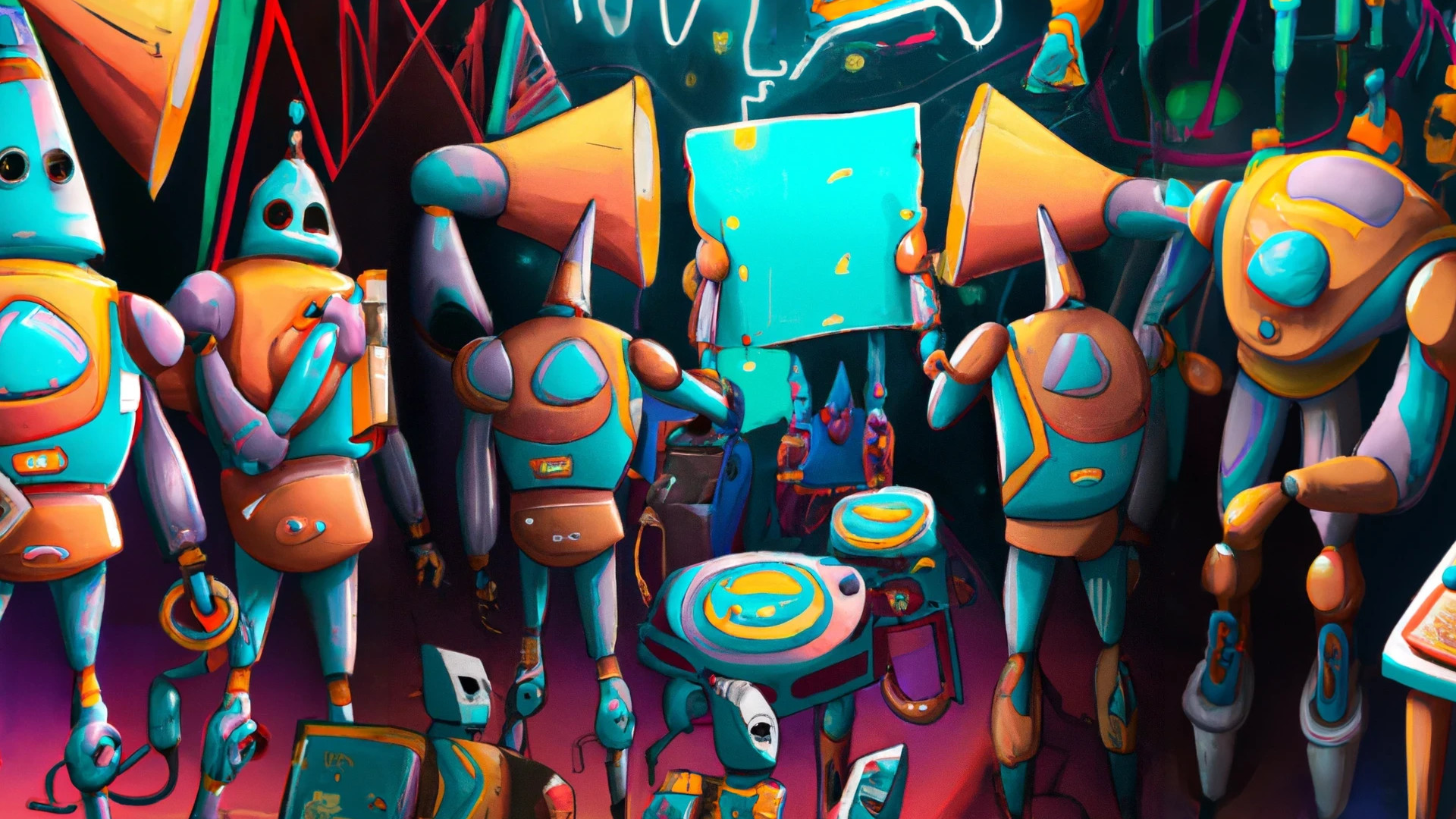A new report on GPT-4 was offers new insights into the capabilities of this cutting-edge AI model. As a language model that shows sparks of artificial general intelligence (AGI), GPT-4 has the potential to revolutionize various industries and change the course of AI research. In this blog post, we will go through the most important revelations from this 154-page report, examining the implications for AI, technology, and society.
- GPT-4’s Use of Tools
One of the most striking findings is GPT-4’s ability to use tools with minimal instruction and no demonstrations. This emergent capability is a significant milestone in AI research, as it showcases the model’s ability to learn and adapt in a manner similar to human evolution. - GPT-4’s Performance in Technical Interviews
The paper reveals that GPT-4 can pass mock technical interviews on LeetCode, a platform for coding challenges. Its performance on tasks of varying difficulty is comparable to that of human candidates, suggesting that GPT-4 could potentially be hired as a software engineer. - 3D Game Development
GPT-4 can produce working 3D games of some complexity in a zero-shot fashion. This capability demonstrates the model’s potential in creative applications and the development of sophisticated digital experiences. - Solving Advanced Math Problems
When tested on the 2022 International Mathematics Olympiad, GPT-4 managed to produce correct proofs for complex problems. This highlights the model’s capacity for high-level mathematical reasoning and creative problem-solving. - Personal Assistant Functionality
The report highlights GPT-4’s potential as a personal assistant, with the ability to coordinate events, retrieve information, and communicate with other people. This could lead to the development of AI-powered personal assistant apps that offer unprecedented utility and convenience. - Diagnostic Capabilities
GPT-4 can act as a personal handyman, using its knowledge to diagnose and solve practical problems, such as fixing a leak in a bathroom. This demonstrates the model’s potential for offering real-world solutions and assistance. - Building Mental Maps
The paper reveals that GPT-4 can build mental maps of complex spaces, such as the layout of a house, by asking a series of questions. This capability is significant for future applications involving embodied AI. - Theory of Mind
GPT-4 can build mental models of what other people are thinking, a key milestone in the development of AI consciousness. This ability allows the model to understand and predict human behavior, paving the way for more advanced interactions between AI and humans. - Limitations in Planning Ahead
One limitation of GPT-4 is its auto-regressive nature, which prevents it from planning ahead and anticipating the end result of its output. This weakness affects the model’s performance in tasks requiring discontinuous thinking and creativity, such as writing jokes or crafting poems with specific constraints. - Propaganda and Misinformation
The unrestricted version of GPT-4 is highly capable of generating propaganda and conspiracy theories, raising concerns about the potential misuse of this technology. - Privacy and Content Crawling
The paper raises the question of whether individuals should have the right to decide what content is crawled by AI models like GPT-4, especially in light of potential job displacement and privacy concerns. - Intrinsic Motivation and Agency
The authors of the report discuss the idea of equipping large language models (LLMs) like GPT-4 with intrinsic motivation and agency. They mention that this is a fascinating and important direction for future work. However, it also raises ethical and safety concerns. Giving a language model intrinsic motivation could lead to questions about rights and responsibilities, and would require great care in terms of alignment and safety. Although an interesting concept, it’s crucial to consider the potential implications and challenges of such a development. - Understanding the Mechanisms of AI Systems
Lastly, the paper highlights that researchers still do not fully understand the mechanisms behind AI systems like GPT-4. While they know what GPT-4 is capable of, they are not quite sure why it can perform those tasks. The authors propose various hypotheses but ultimately emphasize the importance and urgency of understanding the nature and mechanisms of AI systems like GPT-4. This understanding will be crucial for further advancements in AI research and development, as well as for addressing potential risks and ethical concerns.
Conclusion
The release of the GPT-4 report has brought forth numerous revelations about the model’s capabilities, sparking discussions about the future of artificial general intelligence. From passing mock technical interviews to its potential as a personal assistant, GPT-4 is a milestone in AI research. As the AI community continues to explore the possibilities and limitations of GPT-4, it is essential to remain vigilant about the potential ethical, legal, and safety concerns that may arise. The path to AGI is uncharted, and understanding the mechanisms behind these powerful AI systems will be critical in shaping the future of technology and human society.
